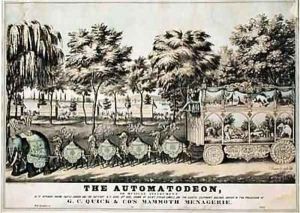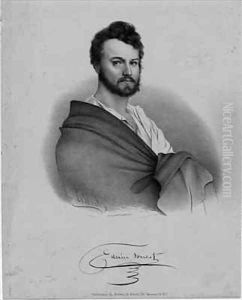Eliphalet Brown Paintings
Eliphalet Brown Jr. was an American artist, known primarily for his work as a lithographer and as the official daguerreotypist for the United States Japan Expedition, which took place from 1852 to 1854 under the command of Commodore Matthew C. Perry. Born in 1816, Brown's contributions to the field of art and documentation during a critical moment in American and Japanese history are noteworthy, though he is not as widely recognized as some of his contemporaries in the art and exploration worlds.
Brown's early life and training in the arts are not extensively documented, but it is known that he emerged as a skilled practitioner of lithography, a form of printmaking that was gaining popularity in the United States during the 19th century. Lithography allowed for the mass production of images and was crucial for the dissemination of visual information at the time. Brown’s work in this medium likely provided him with the technical skills and artistic sensitivity required for his later role in Commodore Perry’s expedition.
In 1852, Eliphalet Brown Jr. was appointed as the official daguerreotypist for the United States Japan Expedition. This role was of significant importance, as it was the first time the U.S. government officially included a photographer in an expedition of this nature. Brown was responsible for documenting the expedition through daguerreotypes, an early form of photography that captured images on silvered copper plates. His work during the expedition provided invaluable visual records of Japan at a time when the country was still largely closed off to the Western world. Brown’s photographs and lithographs offered the American public and the world a rare glimpse into Japanese culture, architecture, and landscapes during the mid-19th century.
After the completion of the expedition, Brown's work was included in the official reports published by the United States government, which were instrumental in informing American perceptions of Japan and the broader East Asian region. Despite the significance of his contributions to this landmark moment in U.S.-Japanese relations and the field of photographic documentation, Eliphalet Brown Jr. did not gain the same level of fame as some of his peers. Following the expedition, there is relatively little record of Brown’s career or personal life. He passed away in 1886, leaving behind a legacy that, while perhaps not widely celebrated, is deeply embedded in the history of American art, exploration, and cultural exchange with Japan.

